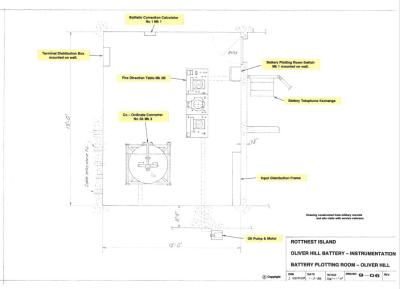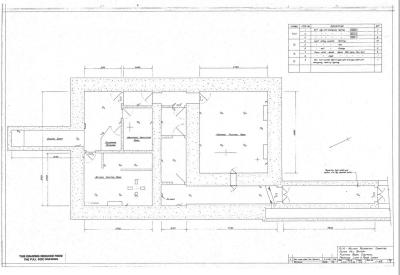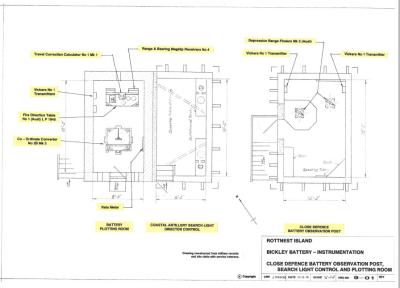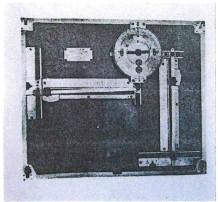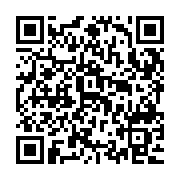World War 2, South West Asia, Syria, Fighting the French Foreign Legion, 1942
Exhibit containing items relating to Operation Exporter , the campaign against Vichy French forces to capture Lebanon and Syria. Elements include a Foreign Legion Company pennant, souvenir Khanjar daggers from Damascus
The Allied invasion of Syria and Lebanon in 1941 known as Operation Exporter was one of the more unusual campaigns of the World War 2 due to the complex politics of the Middle East Syria and Lebanon were controlled by the Vichy government established after France was defeated by Germany in 1940. Britain feared that Nazi Germany might use the territory as a base to attack British oil interests in the Middle East or the Suez Canal. When the Vichy government allowed Germany to use Lebanese and Syrian air bases to support an anti-British revolt in Iraq in April 1941, Prime Minister Winston Churchill agreed to plans for an invasion of Syria and Lebanon
Allied planners expected the campaign to last no more than a few days, but the campaign continued for five weeks. The Australian 7th Division formed the bulk of two columns of the main advance in rugged and mountainous terrain north towards Beirut and Rayak. On their right, a combined force of British, Indian and Free French troops attacked through the Syrian desert towards Damascus.
Australians were involved in some of the heaviest fighting of the campaign, including the treacherous crossings of the Litani and Damour rivers, and a series of costly attacks on the former Crusader Castle at Merdjayoun. On 21 June, Australians were among the first troops to enter Damascus. Victoria Crosses were awarded to Lieutenant Arthur Roden Cutler, and Private James Hannah Gordon for their actions during the campaign.
An estimated 2,400 people, including 416 Australians died in the fighting.
Details
Details
This exhibit is in the World War 2 Gallery at the Australian Army Museum of western Australia. All firearms in the Museum's collection are rendered innocuous and cannot be operated. Weapons on display are cased and individually secured.
Australian Army Museum of Western Australia
Australian Army Museum of Western Australia
Other items from Australian Army Museum of Western Australia
- World War 2, South West Asia, Lebanon, Operation Exporter, 1942
- World War 2, Western Australia, Wireless Set 101
- World War 2, Western Australia, Rottnest, Oliver Hill, Battery Plotting Room, Layout, 1938
- World War 2, Western Australia, Rottnest Island, Oliver Hill, Plotting Room Complex, 1938 / 1942
- World War 2, Western Australia, Rottnest Island, Bickley Battery, Observation Post and Command, Layout
- World War 2, Western Australia, Rottnest Island, Coast Artillery Instrumentation, Converter No 103 Mk 1 (Aust)
- World War 2, Western Australia, Rottnest Island, Coast Artillery Instrumentation, Travel Correction Calculator No 1 Mk 1
- World War 2, Home front Technology Context - Kerosene Lamp
- World War 2, Home Front Technology Context - Acetylene Bicycle Lamp
- World War 2, Home Front Technology Context - Flour Sifter
- World War 2, Home Front Technology Context - Ice Chest
- World War 2, Home Front Technology Context - Bakelite Cased Tabletop Radio
